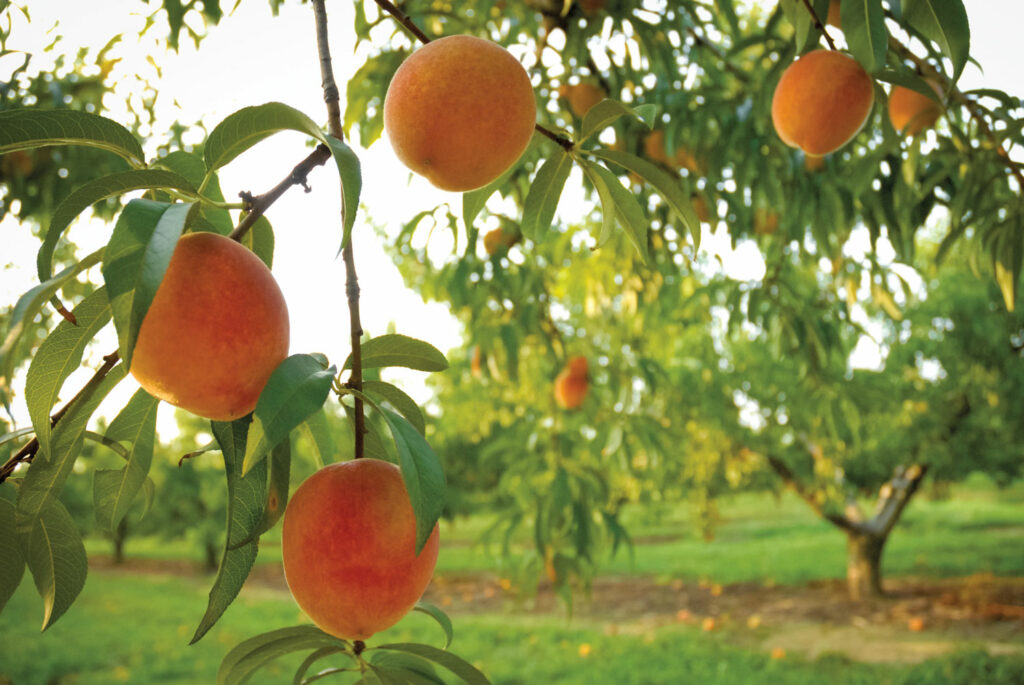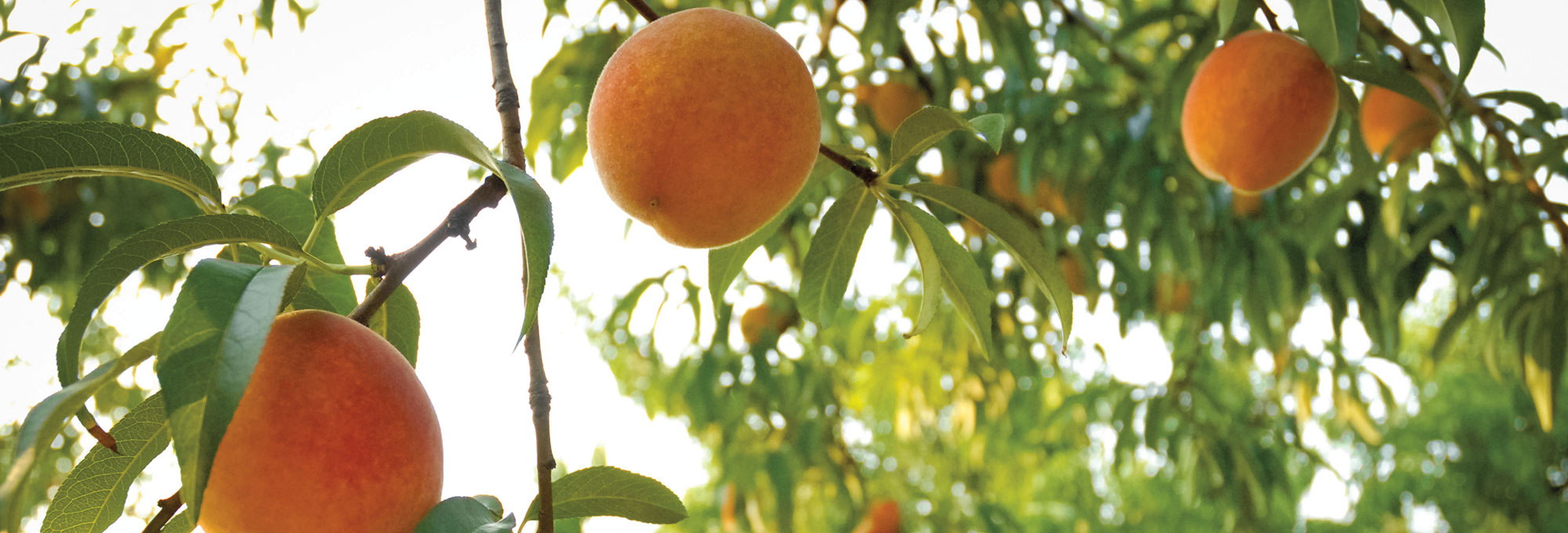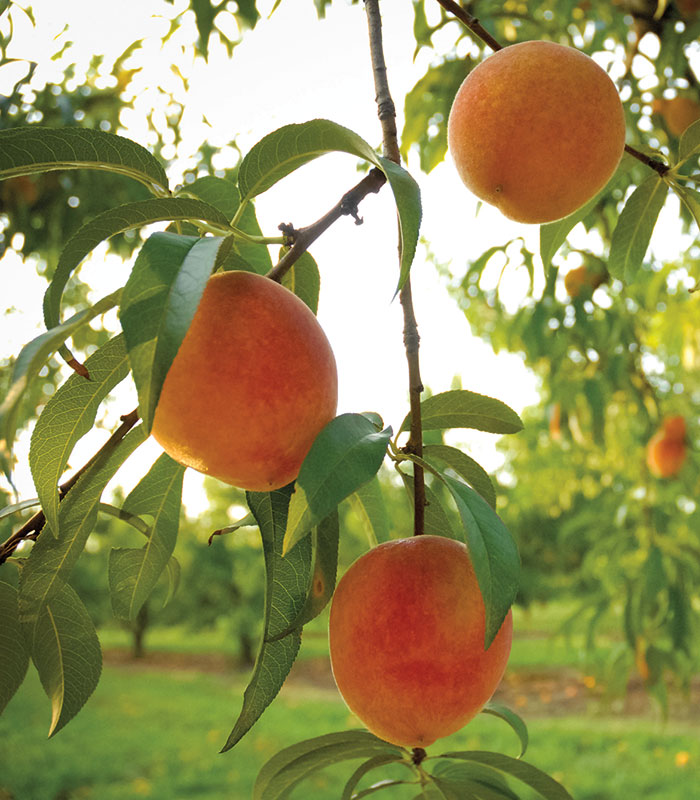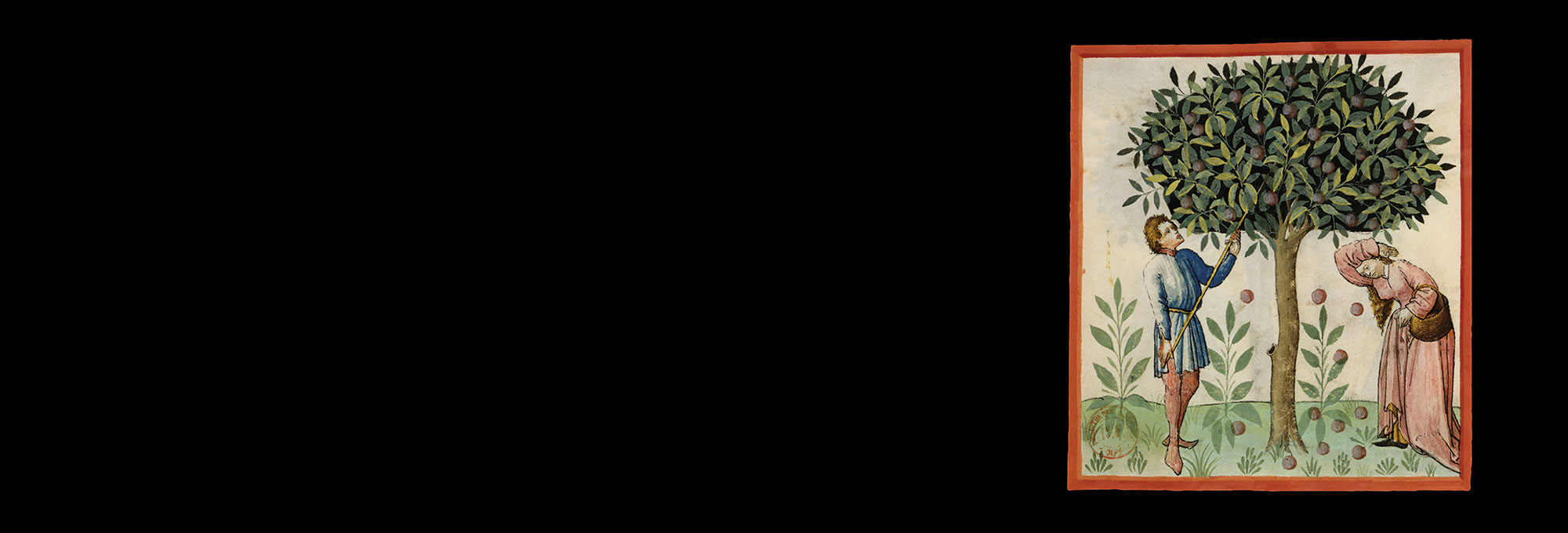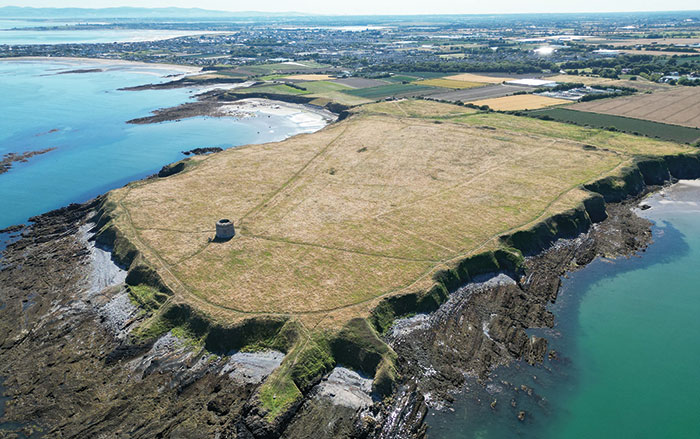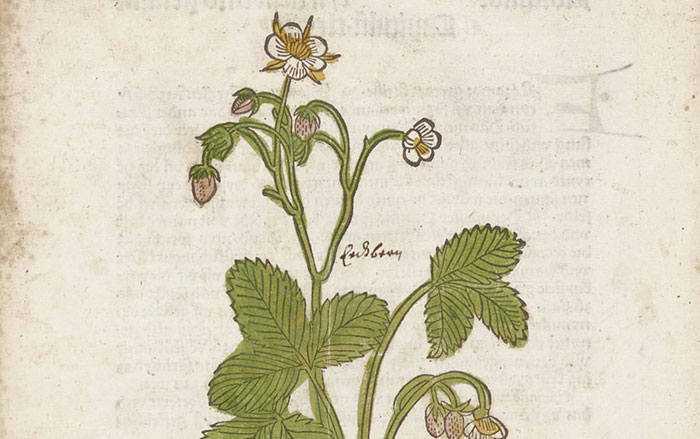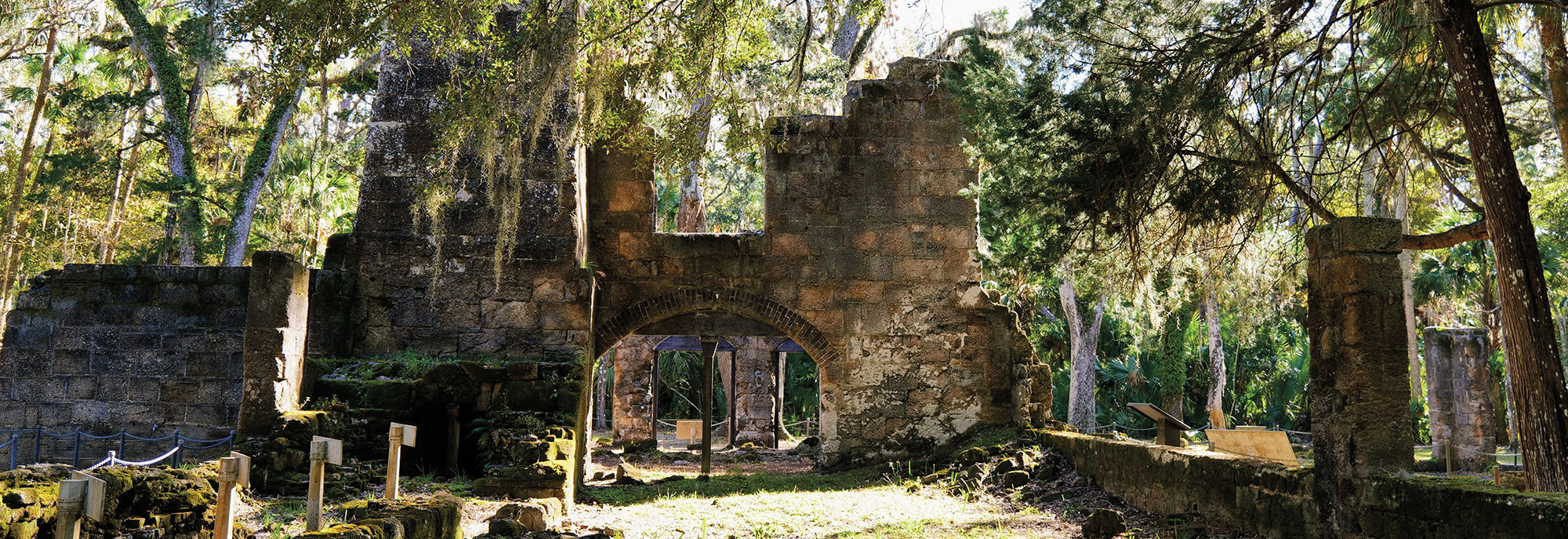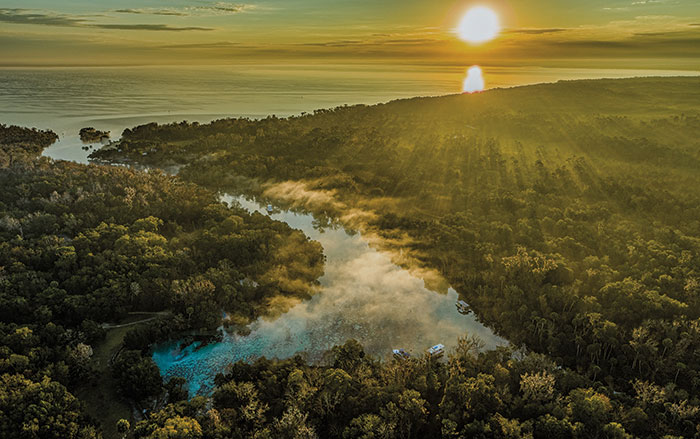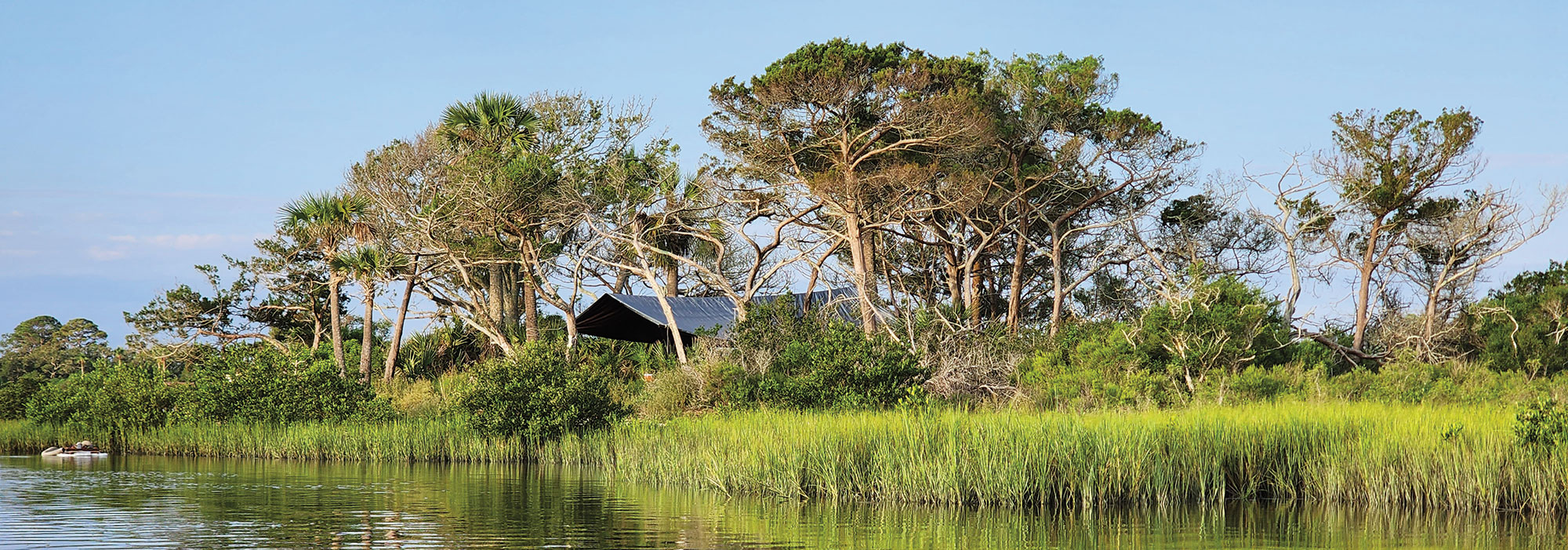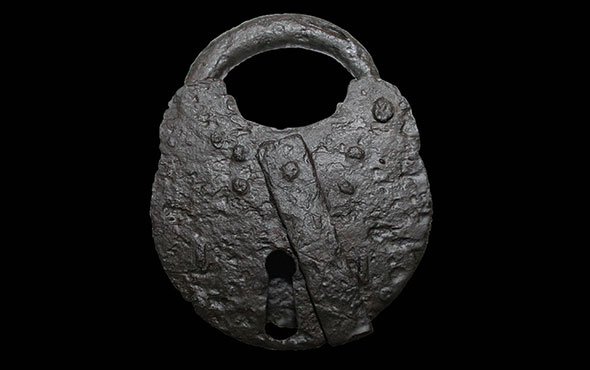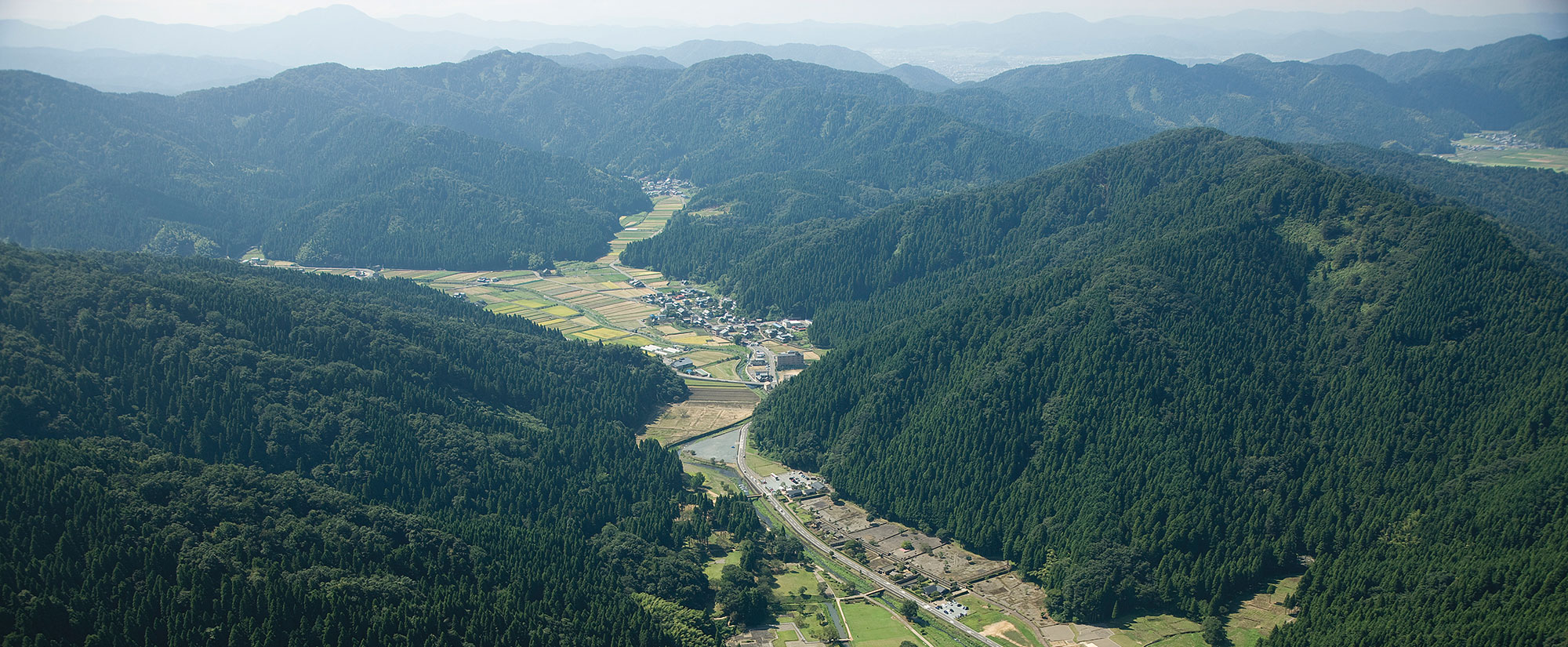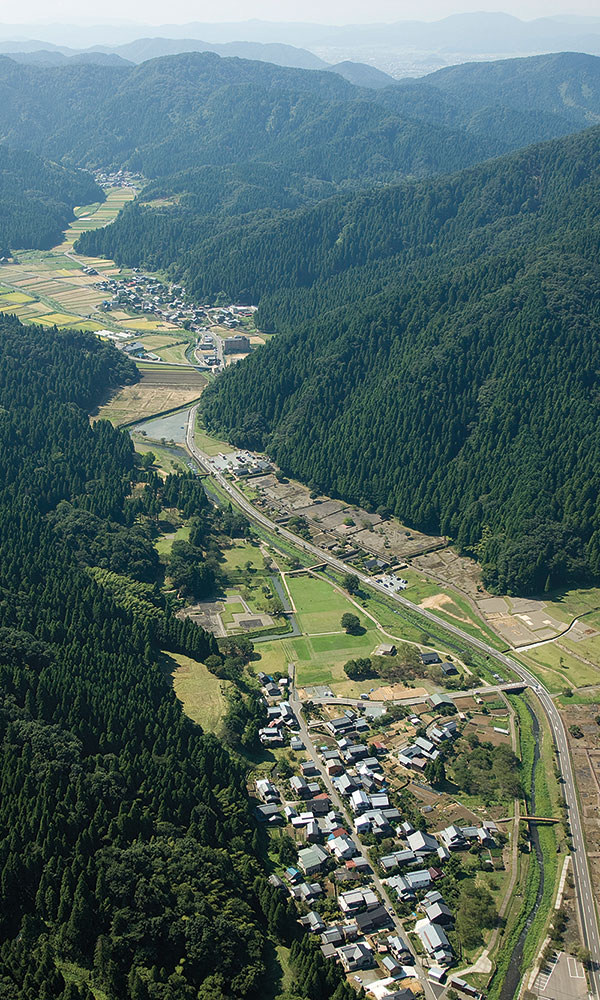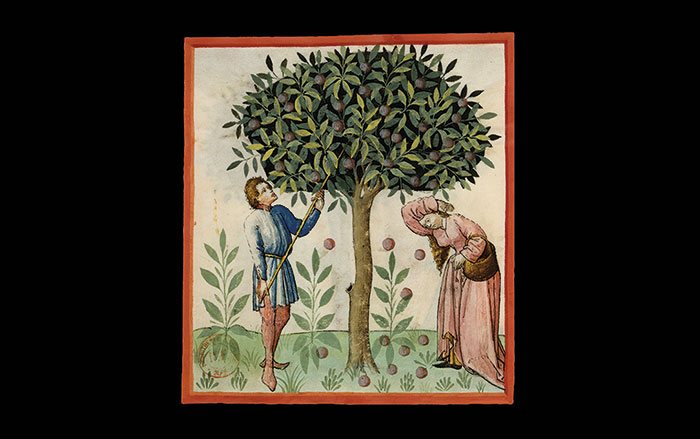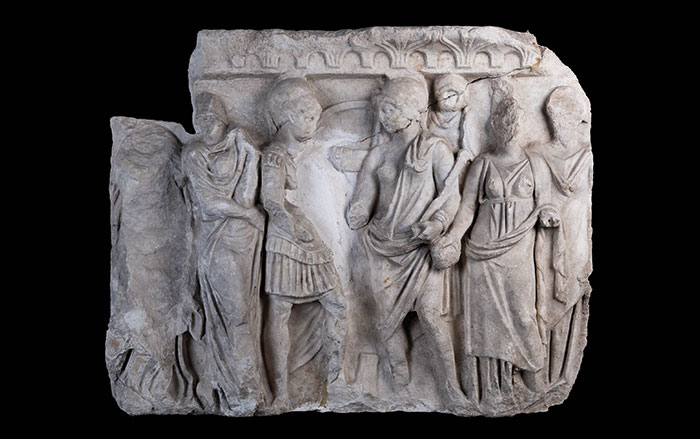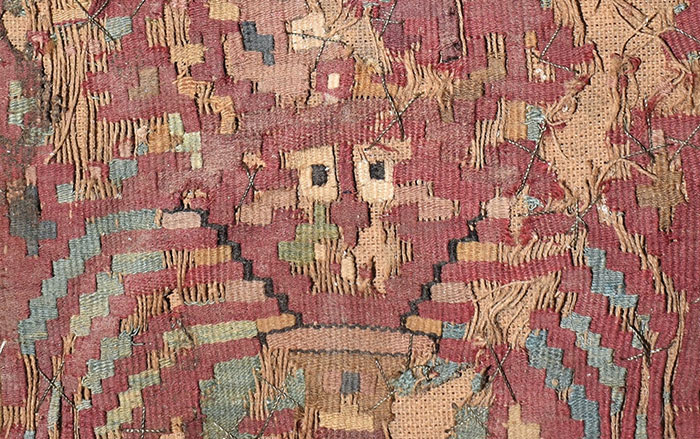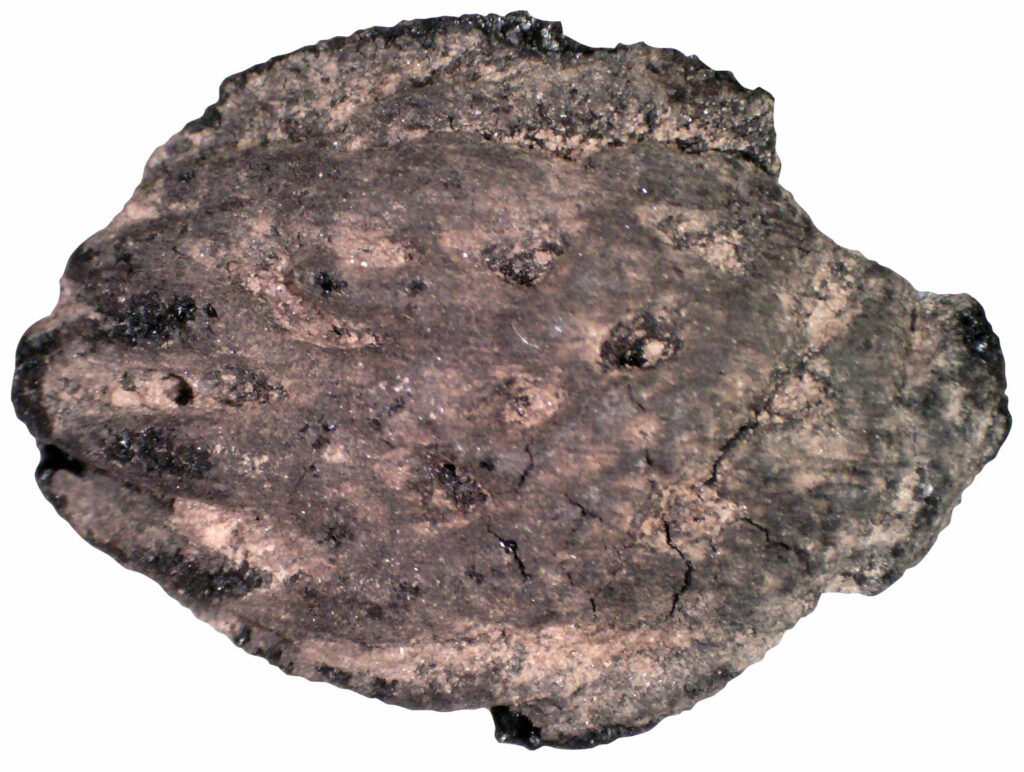
More than 600,000 tons of peaches are grown in the United States each year, and the fruit is a fixture of American diets. Yet scholars have had only a dim understanding of the iconic fruit’s early history in North America. Historians assumed that Spaniards introduced peaches to Florida by the mid-sixteenth century. In the eighteenth century, large stands of wild peaches were reported as far from Florida as Pennsylvania and Arkansas. Because peach trees are hardy and can bear fruit less than two years after germination, many scholars believed peaches were a particularly successful invasive species and quickly spread across the continent. In this scenario, Native Americans were largely bystanders in the fruit’s story.
A team led by archaeologist Jacob Holland-Lulewicz of Pennsylvania State University has studied all known examples of peach pits from archaeological sites in the Southeast. Their findings suggest that the fruit didn’t spread on its own, but was first cultivated in Georgia by people ancestral to the Muscogee between 1620 and 1645. These people then likely transported peaches via well-established trade networks. “Indigenous people had a central role in cultivating and spreading peaches,” says Holland-Lulewicz. “They weren’t passive beneficiaries of the success of feral peaches.”
